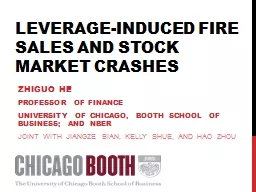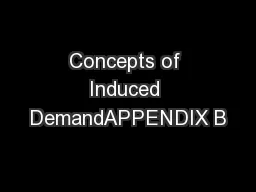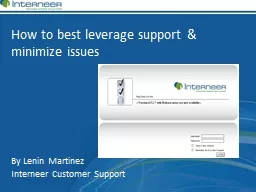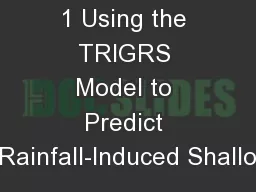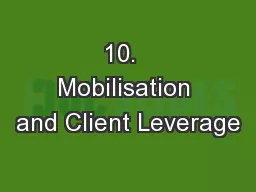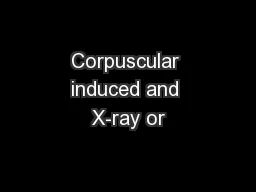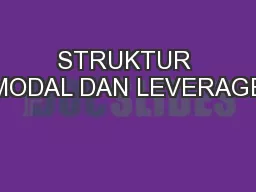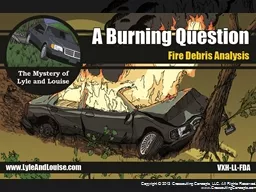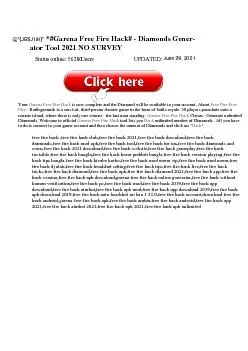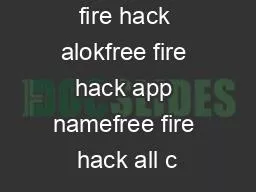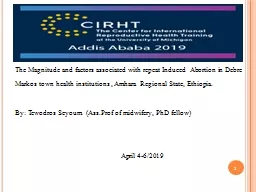PPT-Leverage-Induced Fire Sales and
Author : yoshiko-marsland | Published Date : 2018-12-16
Stock Market crashes Zhiguo He Professor of Finance University of Chicago Booth School of Business and NBER Joint with Jiangze Bian Kelly Shue and Hao Zhou
Presentation Embed Code
Download Presentation
Download Presentation The PPT/PDF document "Leverage-Induced Fire Sales and" is the property of its rightful owner. Permission is granted to download and print the materials on this website for personal, non-commercial use only, and to display it on your personal computer provided you do not modify the materials and that you retain all copyright notices contained in the materials. By downloading content from our website, you accept the terms of this agreement.
Leverage-Induced Fire Sales and: Transcript
Download Rules Of Document
"Leverage-Induced Fire Sales and"The content belongs to its owner. You may download and print it for personal use, without modification, and keep all copyright notices. By downloading, you agree to these terms.
Related Documents

